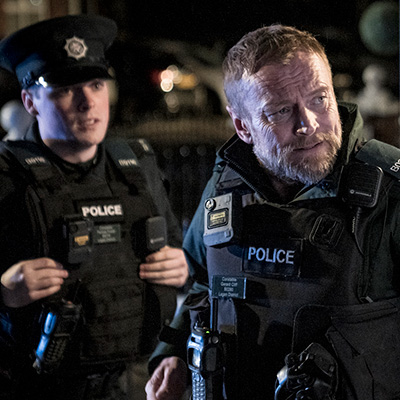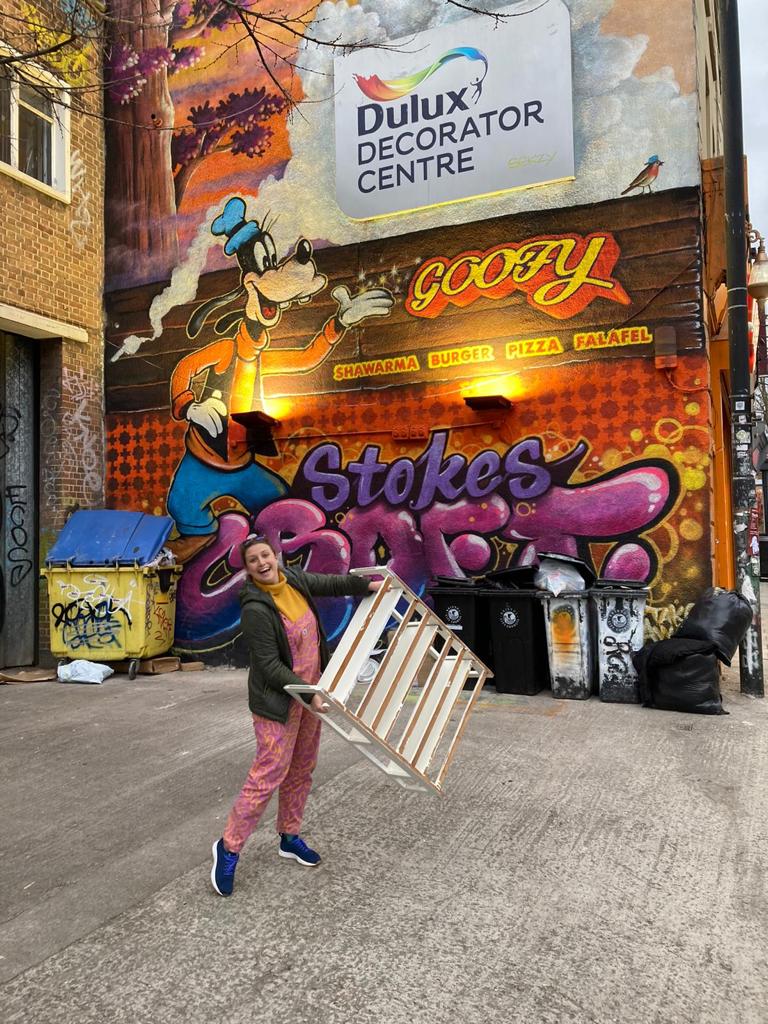
Posted on 7th December 2022
Top 5 tips from the albert summit (and session recordings!)
Making sustainable productions can be simple and albert is here to show you how! We’ve put together some top tips to help from our recent summit of TV production experts.
1. Start in preproduction
It is much easier to plan sustainability into your production from the very beginning, and once you have a plan it can be reused (and updated) for each show. Ways to do this:
- Send out a Green Memo to outline sustainable plans to your cast and crew, here are some examples.
- Use recycled or reused set, props, and costumes. albert’s suppliers list shows which suppliers are sustainable, including tags to show who uses 100% renewable energy and who is carbon neutral!
- On location, use local crew and kit. Travel is likely to be the biggest part of your carbon footprint so reduce it by hiring talent and equipment close to the filming locations, and use the train rather than flying.
- Want more? Our Production Lifecycle session went deep on how to make carbon and waste savings, click here to watch it.

2. Use low-carbon fuels
Diesel generators are everywhere, but they release harmful pollutants, and affect your crew’s health. Alternatives include HVO fuel (a 100% renewable diesel substitute based on vegetable oils), electric batteries and green hydrogen. It is important to remember that whatever fuel type you are using you should be aiming to reduce your energy consumption as much as possible. Using energy efficiently will also help to lower your energy costs!
For more info, check out our session on power: the options, what’s being used on set now, what the future holds and how you can adapt to challenging conditions by clicking here.
3. Grab a tech hack
There are many ways to use tech to make your life easier.
Virtual productions have the potential to unleash creativity, cut down post production time, and give you a better work-life balance. Rather than flying to a landmark to film a scene, you could film directly against a virtual backdrop, saving time, energy and budget, all while drastically reducing your carbon footprint.
Now that we are all used to video calling, why not try remote location scouting? Rather than travel to a new location, use a local location scout with their knowledge and insights, to show you around virtually!
Drones are also transforming filming. Gone are the days when productions used helicopters to film aerial shots – drones can achieve the same shots with significantly less budget, and for a fraction of the carbon emissions.
Our Looking to the Future summit session talked in detail how to incorporate new technologies into your production, watch it by clicking here.
4. Reuse, renew, recycle
There are hundreds of hours of unseen, and unused, footage sat on hard-drives around the world. Open-source filming challenges productions to share footage which would otherwise collect dust. If another production already has an archive full of the shots you need, whether that be of a busy city street, or a winter forest, you can make your show from the comfort of the edit suite.
Tom Mustill and Cherry Dorrett shared how they successfully used open-source filmmaking principles into practice in their productions, including how Tom made a viral video with Greta Thunberg and George Monbiot using donated archive footage! Click here to watch the session.
5. Learn from others
albert has a wealth of ideas, innovations and support from the thousands of productions we have worked with who have improved their sustainability practices. From using cardboard set pieces to building EV chargers in sets we have learnt tips and tricks from productions and editorial teams around the globe.
Share your sustainability practices with us by emailing albert@bafta.org so that we can celebrate your innovations too.
Watch all the day's sessions here!

